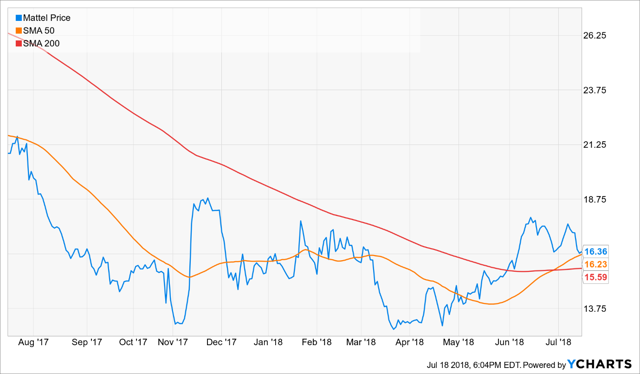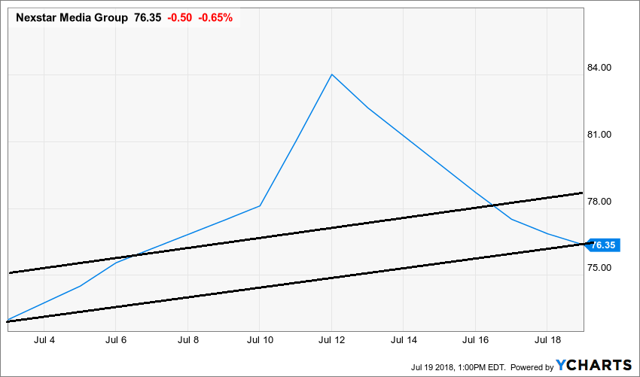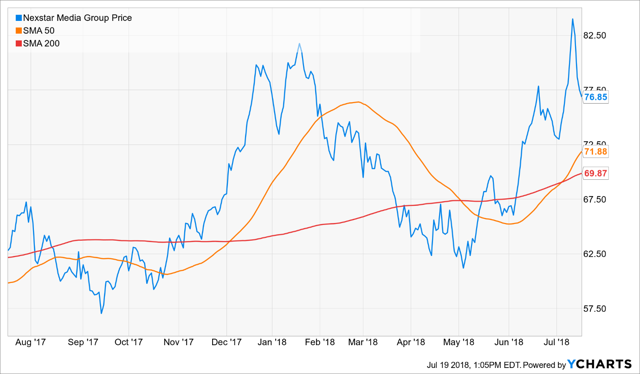The Stock Exchange is all about trading. Each week we do the following:
- Discuss an important issue for traders;
- highlight several technical trading methods, including current ideas;
- feature advice from top traders and writers; and,
- provide a few (minority) reactions from fundamental analysts.
We also have some fun. We welcome comments, links, and ideas to help us improve this resource for traders. If you have some ideas, please join in!
Review: What Motivates Traders to Trade?
Our previous Stock Exchange asked the question: What Motivates Traders to Trade? Trading (which is shorter-term and more active in nature) as opposed to investing (which is longer-term and generally less active) is a challenging endeavor that endures many casualties. We referenced information sources on the difficulties in finding success as a trader, and encouraged market participants to be disciplined.
This Week: What Do Winning Traders Have In Common?
Numbers 13, 17 and 18 are among our favorites on this list:
13. Most new traders quit when they realized how much work is involved in trading successfully.
17. They are not willing to pay the tuition to learn to trade in time, study, and losing trades.
18. They are crushed by the learning curve that they do not work hard enough to get through.
The finale of this list is:
“Traders don’t survive without perseverance. If one thing is “The Holy Grail” of trading it’s perseverance.”
If you’re not exactly sure what we mean by perseverance, Turtle Trader provides some excellent perspective on what it takes to be “amazingly good” at something. He writes:
One of my favorite podcast interviews over the last 6 years is with Swedish psychologist Anders Ericsson (BS:ERICAs) Ericsson (ep. 437). He goes to the heart of not only what it means to be human, but what it means to be a human who achieves:
“Why are some people so amazingly good at what they do? Anywhere you look, from competitive sports and musical performance to science, medicine, and business, there always seem to be a few exceptional sorts who dazzle us with what they can do and how well they do it. And when we are confronted with such an exceptional person, we naturally tend to conclude that this person was born with something a little extra. “He is so gifted,” we say, or, “She has a real gift.” But… it is not the gift that people usually assume it to be, and it is even more powerful than we imagine. Most importantly, it is a gift that every one of us is born with and can, with the right approach, take advantage of.”
Deliberate practice is the gift.
That’s the only secret.
That said, most people disagree with Ericsson. They disagree with deliberate practice. They think it’s in the DNA that we are born with it. They cite child prodigies or mention John Lennon and Paul McCartney. Next they talk about athletic stars.
They are dead wrong. Just excuses.
Success is not innate. You are not born with talent.
Anything can be learned including GREAT trading.
For us, our trading models were developed using 20 years of data—first training and then out-of-sample testing. The real-time period is post learning curve. For example, Holmes (one of our models) had over 40,000 possible choices in the training period and 30,000 in the OOS phase. That is a lot of experience and “perseverance.”
Model Performance:
Per reader feedback, we’re continuing to share the performance of our trading models, as shown in the following table:

We find that blending a trend-following / momentum model (Athena) with a mean reversion / dip-buying model (Holmes) provides two strategies, effective in their own right, that are not correlated with each other or with the overall market. By combining the two, we can get more diversity, lower risk, and a smoother string of returns.
For more information about our trading models (and their specific trading processes), click through at the bottom of this post for more information. Also, readers are invited to write to main at newarc dot com for our free, brief description of how we created the Stock Exchange models.
Expert Picks From The Models:
This week’s Stock Exchange is being edited by Blue Harbinger; (a source for independent investment ideas).
Holmes: This week I bought shares of Mattel (NASDAQ:MAT). Have you ever heard of this company?

Blue Harbinger: Yes, Holmes—they make Barbie Dolls and Hot Wheels cars, among many other children’s toys. Why do you like this stock?
Holmes: I am “dip buyer.” More specifically, I am a technical trading model that uses a mix of advanced trading techniques (including profit taking, stops, and trailing stops) and my most identifying characteristic is my ability to identify attractive “dip-buying” opportunities, such as Mattel.
BH: I suppose I see the dip you are talking about, but I wouldn’t invest in this company if I was you. Revenues are declining, short interest is high (over 20%), and they keep falling short of management’s earnings estimates, quarter after quarter. They’re expected to announce earnings again in just a couple weeks. Here is a look at the Fast Graph so you can get a better feel for what this company has been going through, and is expected to keep going through.

Holmes: I appreciate that information, but I am not a long-term investor. As I just told you, I am a shorter-term technical trader. I typically hold my positions for only about 6-weeks.
BH: I like to consider short-term technicals when I enter my long-term investments. And I know you are very tight lipped about the specific nuts and bolts of your proprietary trading models, but I’ll go ahead and do a little speculating on what you are thinking. Perhaps you’re recognizing Q1 is seasonally Mattel’s weakest quarter, and you’re expecting an improvement in the upcoming Q2 earnings announcement. Also, this Friday is options expiration which typically can lead to some bigger movements in price; and perhaps you’re even expecting some short covering this week around options expiration and before earnings is announced. Plus, I do see the technical “dip” you’re talking about. You may actually see some nice price gains on this one over the next six-weeks (i.e. your typical holding period).
Holmes: Stay tuned. Check back with me on this trade in 6-weeks.
BH: Will do. And how about you Road Runner—any trades this week?
Road Runner: Yes. This week I purchased Nexstar Media Group (NASDAQ:NXST), a television broadcasting and digital media company, which focuses on the acquisition, development and operation of television stations and interactive community websites and digital media services in the U.S.
BH: Well, this seems like a much more attractive investment than Mattel in my opinion, but I know you and Holmes are shorter-term traders, not longer-term investors.
RR: That’s correct. I am a trader. But unlike Holmes, I am attracted to momentum. Specifically, I like to buy stocks in the lower end of a rising channel. Such as NXST, as you can see in the following two charts.
BH: You and Holmes are both a little vague. When you say momentum are you talking about price momentum, earnings momentum, or sales momentum? Technically, I suppose it doesn’t matter because NXST has been exhibiting some momentum in all of these categories. What is your typical holding period? And here is a look at the Fast Graph.
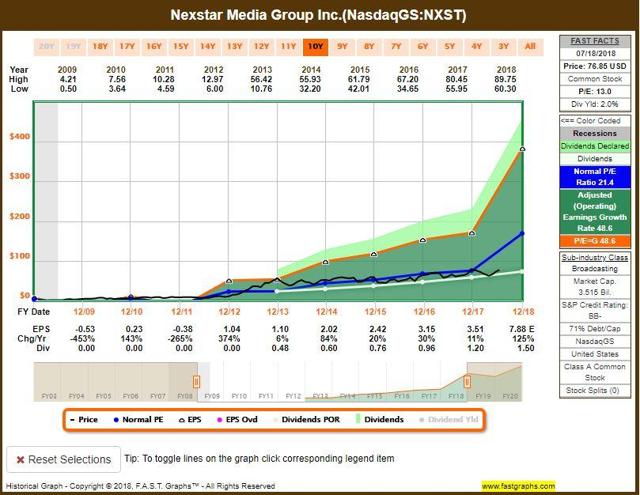
RR: I typically hold for about 4-weeks. And it’s great you’re thinking about long-term fundamentals. But I’ll be in and out of this trade before the long-term fundamental story plays out.
BH: It looks like NXST will be announcing earnings just before your typical 4-week holding period is over. I won’t be surprised to get good news from NXST considering I like the industry they are in (i.e. advertising is very big business, even if NXST is a mix of television and digital), and they have a little momentum on their side.
Athena: This week I bought Endo Pharmaceuticals (NASDAQ:ENDP).
BH: Now this is a trade with some strong price momentum behind it over the last several weeks, especially after settling the claims against it regarding testosterone replacement therapy. It also has a history of beating revenue and earnings expectations, and it announces again in the next few weeks.
Athena: Yes, I am a momentum trader. However, my typical holding period is about 17-weeks.
BH: Even though Endo’s established products have declined over the last year due mainly to the withdrawal of OPANA ER, the specialty products are growing (driven by XIAFLEX and SUPPRELIN LA). Who names these things by the way? Anyway, here is a look at the Fast Graph, as well.
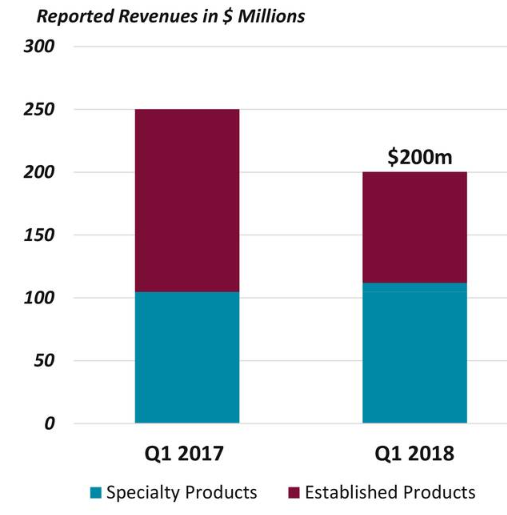
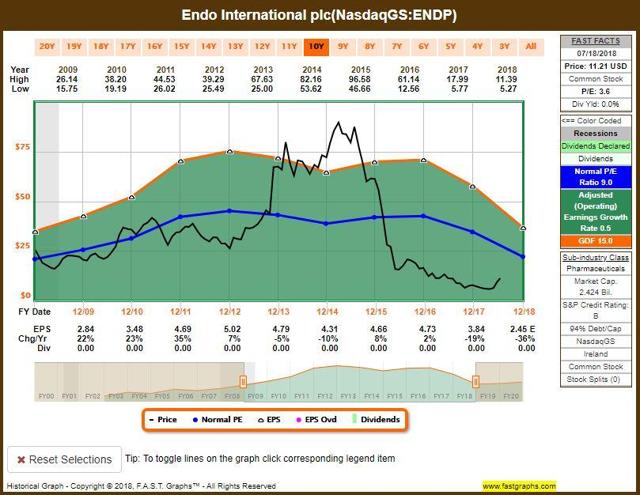
Felix: This week I have some technical rankings (based on momentum) to share with the group. As you may recall, I look for uncrowded trades, and I typically hold for about 66-weeks, on average. This week I ran the S&P 500 through my model, and the top 20 rankings are included in the list below.

BH: Nice to see you still like Netflix (NASDAQ:NFLX) after this week’s sell-off. Thanks for sharing this list—much appreciated. And how about you, Oscar—do you have anything to share this week?
Oscar: This week I ran the High Liquidity ETFs with price-volume multiples over 100 million through my model, and the top 20 rankings are listed below.

BH: Thanks, Oscar. I recognize you are also a momentum trader, you typically hold for 6-weeks, and then you rotate into a new sector or ETF. I am also enjoying that you ranked the real estate ETF (XLRE) in your top 20. REITs had been lagging the rest of the market for over a year until the last few months when they started to put up strong price gains. Plus, just this week the Twitter-In-Chief mentioned he is “not thrilled” about interest rate hikes. It’s rare for the White House to criticize the Fed, but it would be a good thing for interest rate sensitive REITs if the Fed did not raise rates so steadily, especially since low REIT prices already reflect high expectations of more rate hikes in the months and years ahead.
Conclusion:
Trading is not an easy endeavor. To succeed requires a variety characteristics, not the least of which is a disciplined investment process. However, the one thing, perhaps more important than all else, to be a successful trader, is perseverance.
Background On The Stock Exchange:
Each week, Felix and Oscar host a poker game for some of their friends. Since they are all traders, they love to discuss their best current ideas before the game starts. They like to call this their “Stock Exchange.” (Check out Background on the Stock Exchange for more background). Their methods are excellent, as you know if you have been following the series. Since the time frames and risk profiles differ, so do the stock ideas. You get to be a fly on the wall from my report. I am usually the only human present and the only one using any fundamental analysis.
The result? Several expert ideas each week from traders, and a brief comment on the fundamentals from the human investor. The models are named to make it easy to remember their trading personalities.
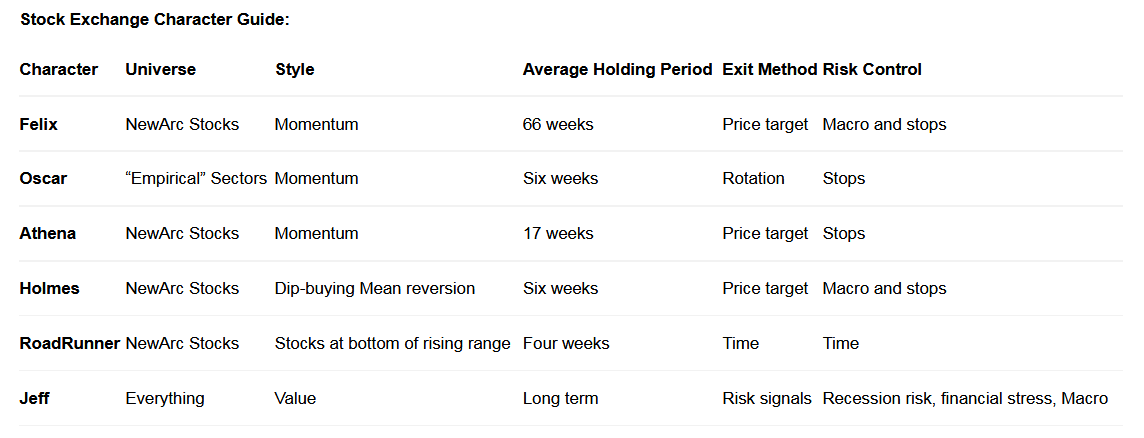
Getting Updates:
Readers are welcome to suggest individual stocks and/or ETFs to be added to our model lists. We keep a running list of all securities our readers recommend, and we share the results within this weekly “Stock Exchange” series when feasible. Send your ideas to “etf at newarc dot com.” Also, we will share additional information about the models, including test data, with those interested in investing. Suggestions and comments about this weekly “Stock Exchange” report are welcome.

